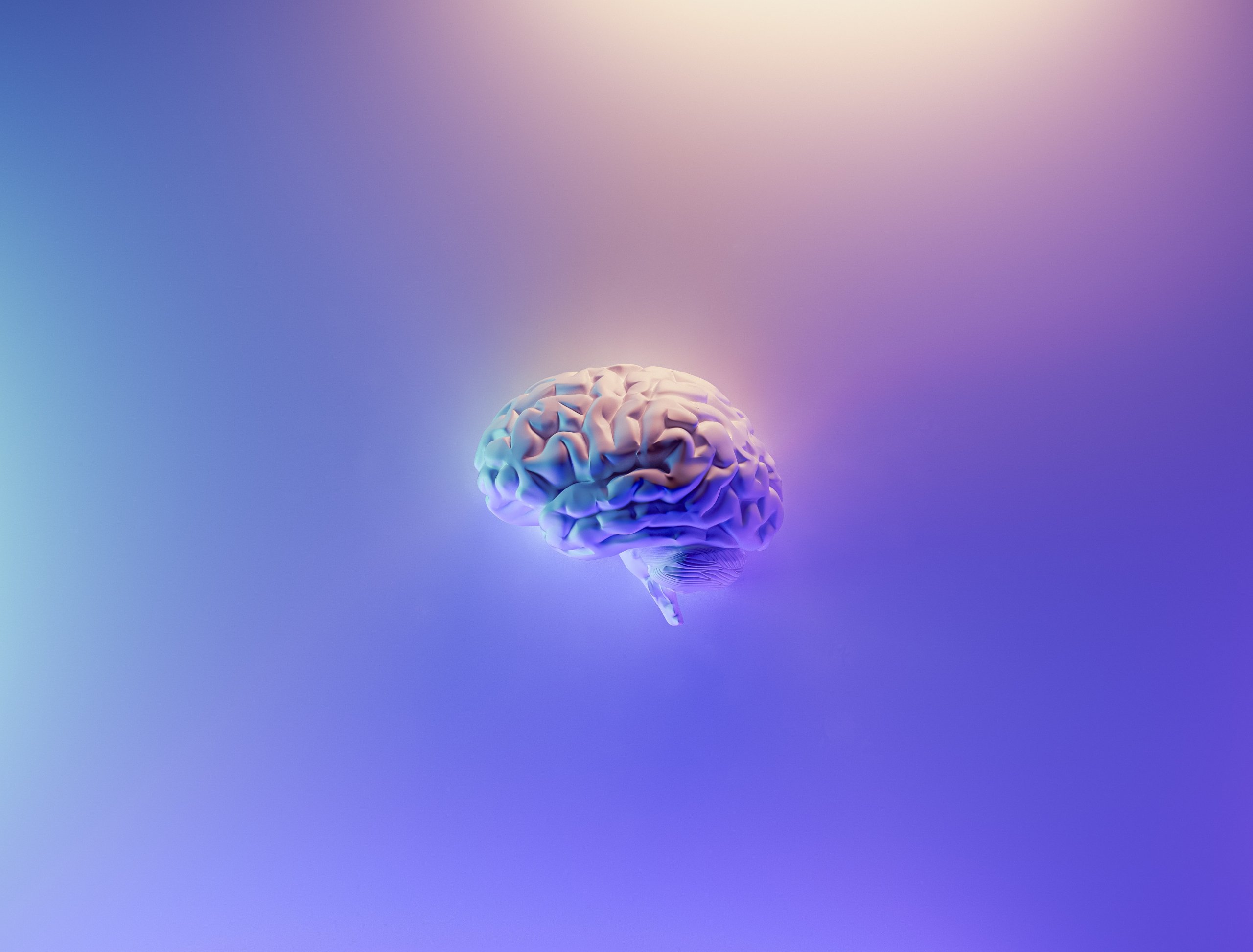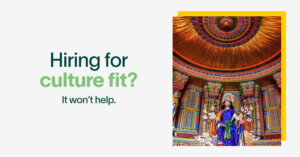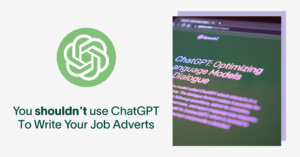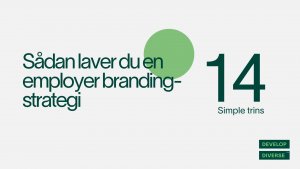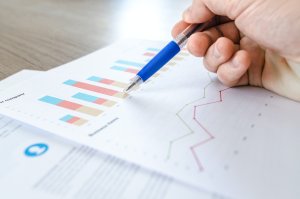Each day, we make around 35,000 decisions. Whether we’re making breakfast, mapping the best commute to work, or choosing a TV show to watch, our brains spend our waking hours busily weighing up which action to take.
Lots of these decisions are conscious — but many happen automatically. We know immediately, for example, that it’s safer to cross the road when there’s no traffic. These automatic patterns and shortcuts are known as unconscious bias.
In this post, Alex HL Taylor, DEIB consultant and intersectionality specialist, explains the science behind unconscious bias, and how it can negatively impact diversity and inclusion efforts.
The psychology of unconscious bias
Unconscious bias, also known as implicit bias, is a term that refers to thought patterns, judgements, and beliefs that we have that operate outside of our conscious awareness. We all have them.
“We’re taking in so much information from our environment all the time, and one way that our brain deals with so much information is by taking cognitive shortcuts,” Alex explains. “Essentially, we scan our environment, meet a person, and make snap, unconscious claims about the characteristics the person might represent based on what we’re seen in our environment and what we’re familiar with. That could be based on a stereotype.”
So are these unconscious thought patterns always bad?
“Not always,” Alex says. “If we think about first responders, for example, it’s common to see them in uniform. When you see them, you’re more likely to trust them to come and help you. That judgement happens so quickly, and so implicitly.”
Sometimes, unconscious bias can be helpful and keep us safe. But when it applies to how we treat other people, it often results in prejudice, discrimination, and stereotyping. In the workplace, some of the most common types include:
- Affinity: We’re naturally attracted to people who are like us. In the workplace, affinity bias could show up as a manager choosing to promote an employee because they went to the same university.
- Beauty: People perceived as attractive are often seen more favourably. In the workplace, research has found that less attractive people are less likely to be promoted.
- Name: Name bias refers to when we make judgements about a person based on their name and what we think their background is. In the recruitment process, this is especially prevalent on CVs.
- Gender: Gender bias stems from socially created norms, culture, and values relating to gender identity. For example, we’re more likely to picture men as doctors, and women as nurses.
- Age: Age bias means we discriminate against someone based on their age — whether they’re older or younger. In the workplace, older employees may be judged to be slower, or less technically able. Younger employees may be seen as lazy or less motivated.
- Halo/horns: Halo/horns bias refers to our tendency to use our positive or negative impression of a person to make judgements about their character.
How unconscious bias impacts diversity and inclusion
In our everyday lives, unconscious bias can make things easier. But in the workplace, it can have a strong impact on diversity and inclusion:
- A 2020 study found that Black women with natural hairstyles are more likely to be considered less competent, professional, and less likely to be recommended for a job interview than White women.
- Another 2020 study found that obese women are less likely to receive a callback from a job interview than non-obese women.
- A 2019 study found that interview callback rates steeply decline for applicants over the age of 40.
When unconscious bias is operating in your recruitment or people processes, it affects who interviews for a job, gets promoted, or takes on a leadership role at work.
Ultimately, this has a negative impact on your diversity and inclusion efforts. Not only are applicants from marginalised groups less likely to be able to join your organisation, but when they do, they’re unlikely to find it an inclusive or welcoming place that will help them thrive.
“Unconscious bias is most likely to show up when we first meet a person,” Alex says. “It’s a cognitive shortcut that tends to operate when we don’t know much about a person. That means it can have a strong impact on the recruitment process. Off the bat, it can impact how a candidate is treated, what their strengths are perceived to be, and even how they should be managed or who they should work with.
“Over time, those assumptions can play out over the course of someone’s career. It can affect progression — even if the process seems fair — because the entry point has started from a point of bias.”
Uncover unconscious bias in your recruitment process with Develop Diverse
When it comes down to it, unconscious bias isn’t a problem to solve, because everyone has them. But awareness and understanding of how it operates in your recruitment process is an essential start to building a more diverse and inclusive workplace.
Develop Diverse is a research-based platform that helps organisations uncover the unconscious bias hidden in the language of their written communication. Upload your job advert or written text, analyse it for different kinds of bias, and make inclusive switches that support your DEI efforts. Book a demo with one of our team members to find out more.
